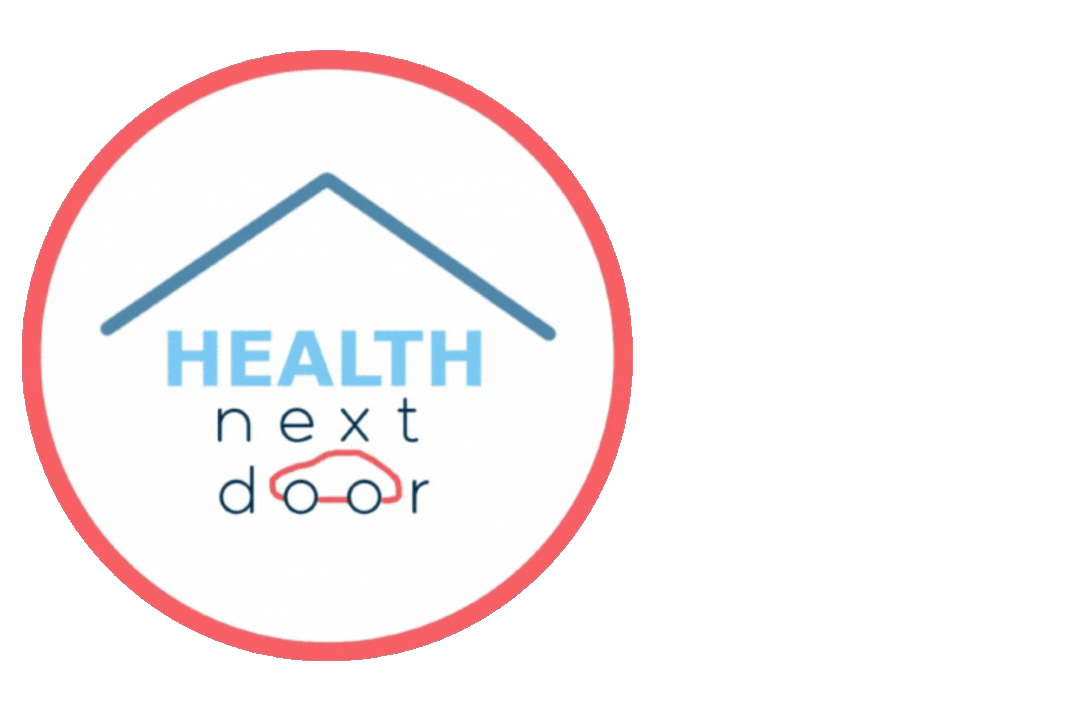Enhancing Mobility and Comfort: The Role of Orthotics and Home-Based Physiotherapy by Health Next Door

Introduction:
In the realm of physiotherapy, the integration of orthotics alongside home-based therapy has emerged as a powerful duo in promoting mobility, alleviating pain, and enhancing overall well-being. Orthotics, customized or prefabricated devices designed to support and improve the function of various body parts, complemented by targeted exercises and treatments administered in the comfort of one's home, can significantly enhance recovery and management of musculoskeletal conditions. Let's delve into the world of orthotics and explore the manifold benefits of home-based physiotherapy.
Understanding Orthotics:
Orthotics encompass a diverse range of devices tailored to address specific biomechanical issues and provide support where needed. From shoe inserts to braces and splints, orthotic devices serve to correct alignment, redistribute pressure, and stabilize joints. They are commonly prescribed to individuals with conditions such as plantar fasciitis, arthritis, tendonitis, and sports injuries, among others. By optimizing alignment and biomechanics, orthotics help alleviates pain, reduce the risk of further injury, and enhance performance in daily activities and sports.
The Role of Home-Based Physiotherapy
Home-based physiotherapy extends the benefits of professional rehabilitation beyond the clinic, empowering individuals to take an active role in their recovery within their familiar environment. This approach offers convenience, flexibility, and personalized care tailored to the unique needs and circumstances of each individual. Under the guidance of a qualified physiotherapist, patients receive comprehensive assessments, personalized exercise programs, and hands-on guidance to facilitate healing, improve mobility, and regain independence.
The Synergy of Orthotics and Home-Based Physiotherapy:
When orthotics are combined with home-based physiotherapy, the synergy between these modalities can amplify therapeutic outcomes. Here's how:
Customized Treatment Plans: A physiotherapist can assess an individual's biomechanics, gait patterns, and specific needs to recommend the most suitable orthotic devices and exercises tailored to their condition and goals.
Continuous Monitoring and Adjustment: With home-based physiotherapy, patients receive ongoing support and monitoring, allowing for timely adjustments to their treatment plan and orthotic devices as progress is made or new challenges arise.
Enhanced Compliance and Engagement: By integrating therapy into daily routines and familiar surroundings, home-based physiotherapy fosters greater compliance and engagement, leading to more consistent practice of exercises and proper utilization of orthotic devices.
Functional Integration: Home-based therapy enables individuals to incorporate rehabilitation exercises and orthotic use into real-life activities and environments, facilitating the seamless transition from rehabilitation to daily functioning.
Cost-Effective and Convenient: Home-based physiotherapy reduces the need for frequent clinic visits, saving time and expenses associated with transportation, and making rehabilitation more accessible to individuals with busy schedules or limited mobility.
AFO’s
An Ankle-Foot Orthosis (AFO) is a specialized orthotic device designed to provide support, stability, and correction to the ankle and foot complex. Typically made from lightweight materials such as plastic or carbon fiber, AFOs are custom-fitted to the individual's anatomy to address specific biomechanical challenges. Whether managing conditions like drop foot, cerebral palsy, or ankle instability, AFOs work by controlling motion, redistributing forces, and facilitating proper alignment during walking and other weight-bearing activities. By offering targeted support and assistance, AFOs not only enhance mobility but also reduce the risk of falls, alleviate discomfort, and promote functional independence. With advancements in design and manufacturing techniques, modern AFOs are becoming increasingly streamlined, comfortable, and conducive to everyday use, empowering individuals to navigate the world with confidence and ease.
Conclusion:
In the realm of physiotherapy, the combination of orthotics, including specialized devices like Ankle-Foot Orthoses (AFOs), and home-based therapy holds promise for enhancing mobility and comfort. Health Next Door, an innovative approach bridging the gap between traditional clinics and the convenience of home, enables individuals to access tailored treatment plans, including AFOs, with ease. This convergence of technology and healthcare not only empowers patients to take an active role in their rehabilitation but also fosters a sense of community and support. By leveraging the synergy between orthotics and home-based physiotherapy through Health Next Door, we can pave the way for a future where personalized care is accessible to all, transcending barriers and optimizing outcomes for individuals seeking to reclaim their vitality and mobility.


-2.png?width=50&height=50&name=a43a24%20(1)-2.png)